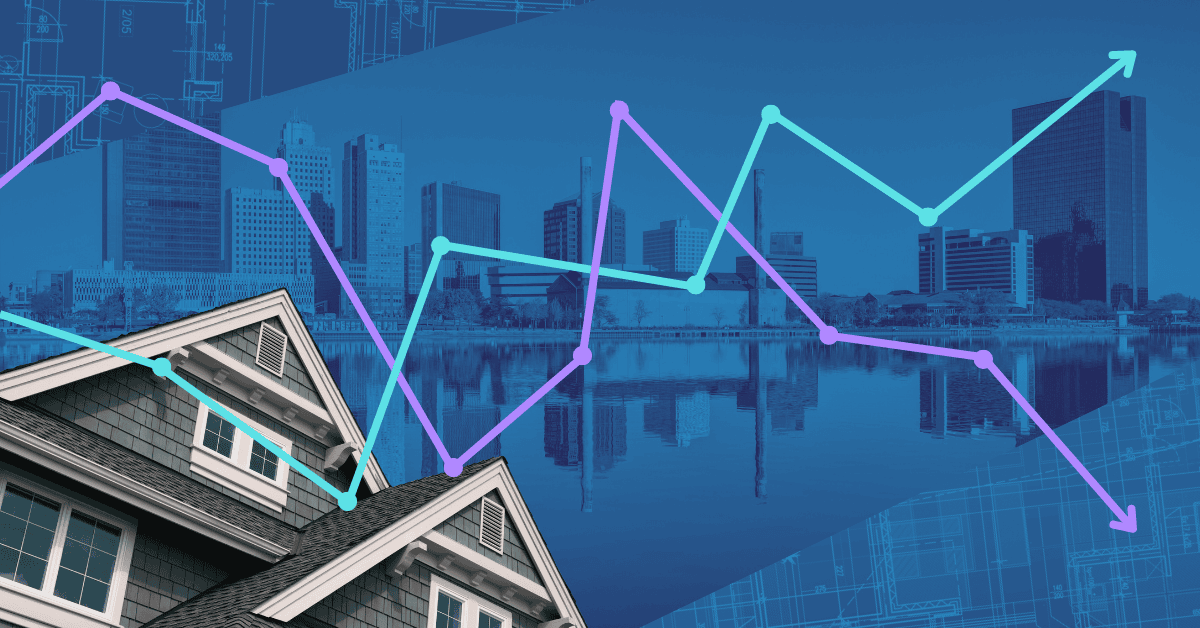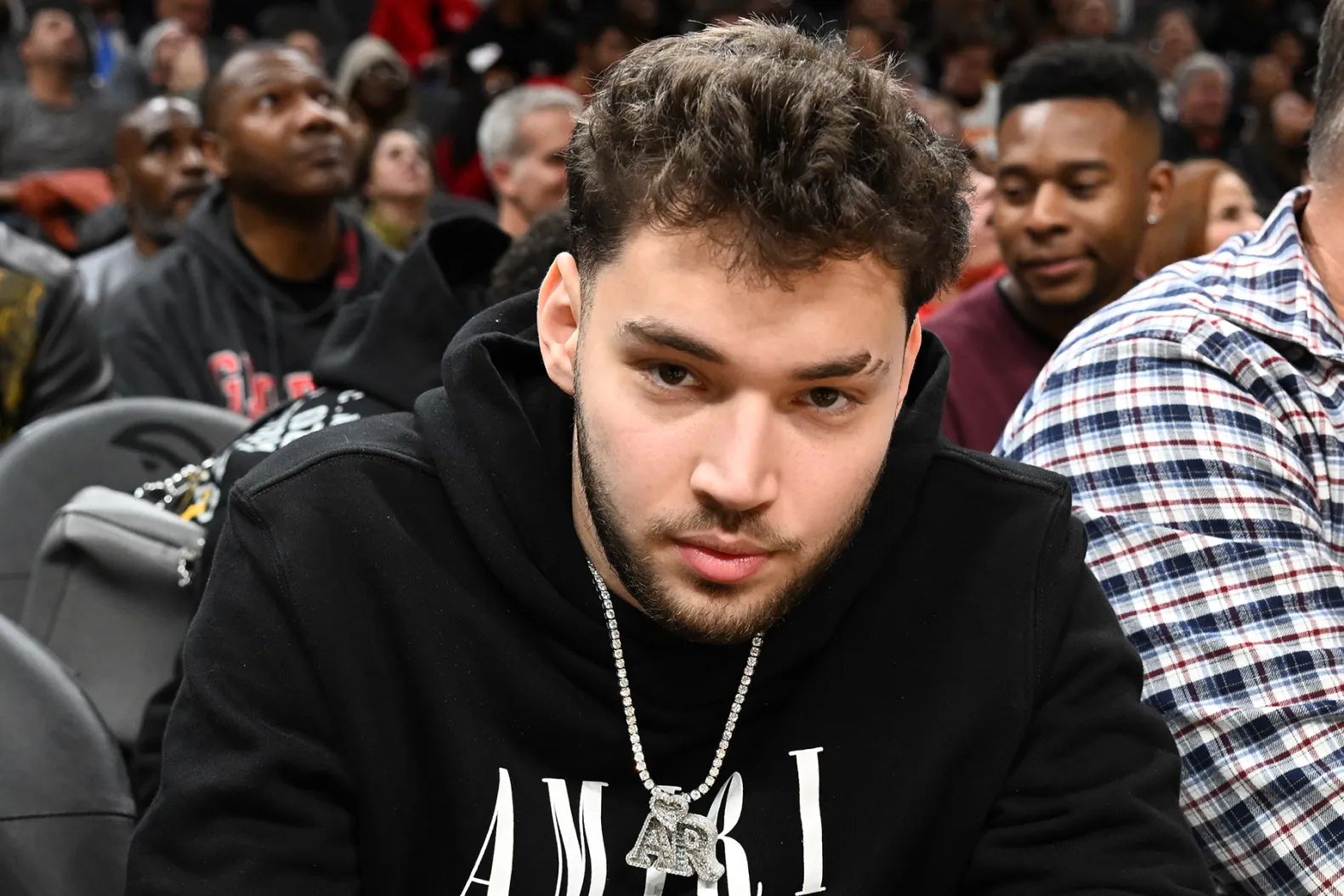Housing Market Standoff: The Growing Divide Between Seller Ambitions and Buyer Reality
Record Pricing Gap Signals Market Power Shift
A significant transformation is underway in the residential real estate market, with asking and selling prices diverging at levels not seen since the pandemic's early days. New data analysis reveals an eye-opening statistic: the median asking price for homes has reached $469,729—a record high—while the typical home sells for just $431,057. This creates a substantial 9% difference ($38,672) between what sellers hope to receive and what buyers are actually paying.
This pricing disconnect, the largest since May 2020, stems from fundamentally different market conditions than during the pandemic's onset. While both periods show significant price divergence, today's scenario represents a market shifting in favor of buyers, whereas 2020's gap emerged during an unprecedented seller's market with fierce competition among buyers.
The key distinction lies in the pricing trajectories. Currently, list-price growth is accelerating (up 6.2% year-over-year in March—the largest increase since September 2022) while sale-price growth is simultaneously decelerating (up just 2.5%, the smallest increase since September 2023). This pattern represents the most significant divergence between price growth rates since July 2020.
Buyers Establish New Boundaries While Sellers Cling to Past Expectations
The core issue driving this disparity? Sellers and buyers operate with fundamentally different reference points for value. Many homeowners, particularly those who purchased during the market's peak in 2021-2022, continue pricing properties based on outdated comparables or their personal investment recovery goals rather than current market demand.
"Homebuyers today have the upper hand because they're outnumbered by sellers, and that's a tough pill for sellers to swallow," explains Redfin Senior Economist Elijah de la Campa. "When buyers and sellers are on different planets, one side eventually has to give in, and it's looking like it's going to be sellers this time. Rising inventory, price drops and seller concessions indicate this is already starting to happen, and sale-price growth will likely continue to slow as a result."
The persistence of elevated mortgage rates has fundamentally altered buyer psychology. Rather than competing aggressively for limited inventory as they did during the pandemic's height, today's buyers demonstrate greater price sensitivity and willingness to walk away when sellers won't negotiate.
Regional Variances Reveal Market Vulnerabilities
The pricing disparity isn't uniform nationwide. Eight metro areas—concentrated in Florida, Texas, and the Bay Area—have experienced actual year-over-year sale price declines. These regions, many of which saw explosive growth during the pandemic, now face the most significant corrections.
West Palm Beach, Florida exemplifies this trend dramatically, with list prices rising 9.3% while sale prices simultaneously declined 0.3%—creating a 9.6 percentage-point gap that leads the nation's fifty most populous metropolitan areas. Pittsburgh follows with a 7.9 percentage-point difference between list and sale price growth rates, while Cincinnati (7.0), Atlanta (6.3), and Jacksonville (6.1) round out the top five markets with the widest disparities.
Conversely, only eight major markets show sale prices outpacing list prices. Cleveland leads this counter-trend group, with sale prices growing 7.5 percentage points faster than list prices. Nassau County, Milwaukee, Philadelphia, and Newark complete the top five areas where sale prices are rising more rapidly than asking prices.
Advice for Market Participants: Adapting to New Realities
Real estate professionals emphasize the importance of adjusting expectations in the current environment. "A lot of sellers are bringing up comps from a year ago, and I have to tell them that's no longer the environment we're in," notes Chaley McVay, a Redfin Premier agent in Portland, Oregon. "They're holding onto this idea that they lost money. I explain that they didn't lose money because however much money they could have made in the past is hypothetical money."
For sellers, realistic pricing has become paramount. Properties priced based on current market conditions typically generate more interest and ultimately better outcomes than those anchored to past valuation peaks. The most successful sellers are those who recognize the market's evolution and adjust accordingly.
Meanwhile, buyers should recognize their strengthened negotiating position. "If you're a buyer and you find a home you like that's a bit above your price range, I encourage you to get the conversation started and make an offer anyway," McVay advises. "A lot of house hunters are hesitant to offer under the asking price, but in this market, it's not out of the ordinary to see sellers lower their prices and give concessions."
This balanced approach—sellers becoming more realistic while buyers confidently but reasonably assert their preferences—appears most likely to facilitate successful transactions in today's evolving market landscape.
Forecast: Market Equilibrium Through Seller Adaptation
The data strongly suggests that market equilibrium will eventually be restored primarily through seller concessions rather than renewed buyer aggression. Multiple indicators—including rising inventory levels, increasing frequency of price reductions, and growing prevalence of seller concessions like covering closing costs or offering renovation credits—point toward this outcome.
Economic fundamentals support this projection. While mortgage rates remain elevated compared to pandemic lows, they appear unlikely to return to those exceptional levels in the foreseeable future. Additionally, demographic shifts, remote work stabilization, and evolving housing preferences continue reshaping demand patterns across regions.
For both buyers and sellers, understanding these market dynamics proves crucial for developing effective strategies. The real estate landscape has fundamentally shifted from the pandemic-era seller's market, and those who adapt most quickly to this new reality will likely achieve the most favorable outcomes.
Market Insights: Essential Questions Answered
Why are home sellers still pricing properties so high despite the changing market?
Many sellers establish their asking prices based on outdated comparable sales from 6-12 months ago when market conditions were different. Additionally, homeowners who purchased during the 2021-2022 peak often feel compelled to recoup their investments, regardless of current market realities.
Is now a good time to make an under-asking-price offer on a home?
Yes, particularly in markets where list prices are growing significantly faster than sale prices. The data shows sellers increasingly accept offers below asking price, with many also providing concessions like covering closing costs or including appliances to facilitate sales.
Which real estate markets currently favor buyers most significantly?
The data indicates buyers have the strongest position in markets with the largest gaps between list price growth and sale price growth, particularly West Palm Beach, Pittsburgh, Cincinnati, Atlanta, and Jacksonville. Additionally, the eight metro areas experiencing year-over-year sale price declines (primarily in Florida, Texas, and the Bay Area) represent opportunities for buyers.
How long will this buyer-favorable market last?
While precise timing remains uncertain, the data suggests this phase will continue until sellers broadly adjust their price expectations to align with current demand realities. Rising inventory and slowing sale price growth indicate this adjustment process is underway but incomplete.













